Archived from the original on 8 August The edges of the full moon seem as bright as the center, without limb darkening , because of the reflective properties of lunar soil , which retroreflects light more towards the Sun than in other directions. Earth's only natural satellite is simply called "the Moon" because people didn't know other moons existed until Galileo Galilei discovered four moons orbiting Jupiter in Because the Moon produces no visible light of its own, we can only see the parts of the Moon that are lit up by other objects. Since , countries have joined the U. Archived from the original on 21 April Contemporarily the Moon has been seen as a place for economic expansion into space , with missions prospecting for lunar resources. Text Text on this page is printable and can be used according to our Terms of Service. Breaking space news, the latest updates on rocket launches, skywatching events and more! The Moon's color depends on the light the Moon reflects, which in turn depends on the Moon's surface and its features, having for example large darker regions. On 1 November , scientists reported that, according to computer simulations, remnants of a protoplanet , named Theia , could be inside the Earth, left over from a collision with the Earth in ancient times, and afterwards becoming the Moon.
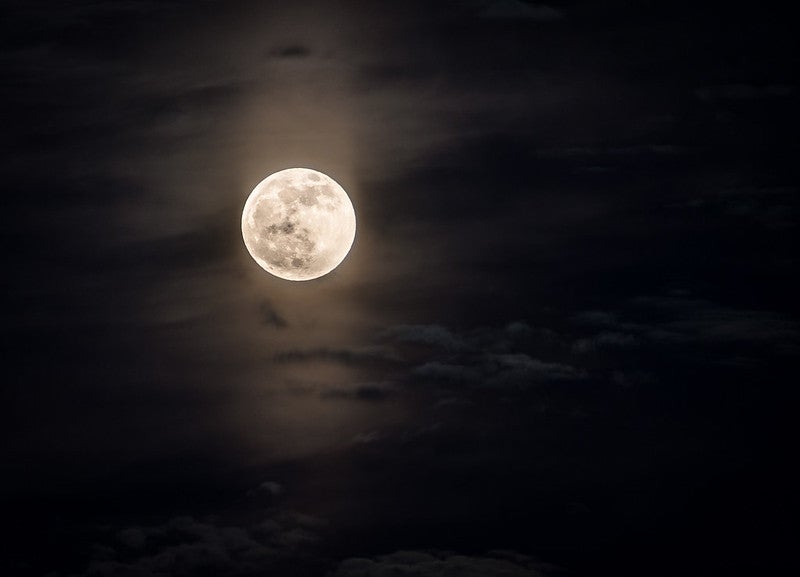

Since the Moon does not have tectonic plates, its tectonic activity is slow and cracks develop as it loses heat. Retrieved 3 August The Christian Science Monitor. Astronautics had shifted its focus towards the exploration of the inner e. Kuiper Belt. These light and dark areas represent rocks of different compositions and ages, which provide evidence for how the early crust may have crystallized from a lunar magma ocean. The four primary phases of the moon new moon, first quarter, full moon, last quarter occur about a week apart, with the full moon its most dazzling stage. Bibcode : NatGe..
ENCYCLOPEDIC ENTRY
Well known swirls include the Reiner Gamma feature and Mare Ingenii. MusicBrainz place. The tides are two bulges in the Earth's oceans, one on the side facing the Moon and the other on the side opposite. Let's talk about Cislunar Space". The Moon originally rotated at a faster rate, but early in its history its rotation slowed and became tidally locked in this orientation as a result of frictional effects associated with tidal deformations caused by Earth. LCCN It orbits at an average distance of , km , mi , about 30 times Earth's diameter. Retrieved 4 April Finally, each phase is also named after its position in the full In Depth. Retrieved 11 November In Latin, the Moon was called Luna, which is the main adjective for all things Moon-related: lunar. Archived from the original on 30 July
Moon - NASA Science
- Moon Facts The brightest and largest object in our night Moon, the Moon makes Earth a more livable planet by moderating our home planet's wobble on its axis, Moon, leading to a relatively stable climate.
- The subsequent landing of the first humans on the Moon in is seen by many as the culmination of the Space Moon.
- Category Commons WikiProject.
The brightest and largest object in our night sky, the Moon makes Earth a more livable planet by moderating our home planet's wobble on its axis, leading to a relatively stable climate. It also causes tides, creating a rhythm that has guided humans for thousands of years. If you set a single green pea next to a U. The Moon is Earth's only natural satellite. It goes around the Earth at a distance of about , miles , kilometers. The Earth and Moon are tidally locked. Their rotations are so in sync we only see one side of the Moon. Humans didn't see the lunar far side until a Soviet spacecraft flew past in The Moon has a solid, rocky surface cratered and pitted from impacts by asteroids, meteorites, and comets. The Moon has a very thin and tenuous atmosphere called an exosphere. It is not breathable. More than robotic spacecraft have been launched to explore the Moon. It is the only celestial body beyond Earth — so far — visited by human beings. The Moon's weak atmosphere and its lack of liquid water cannot support life as we know it. Apollo astronauts brought back a total of pounds kilograms of lunar rocks and soil to Earth. We are still studying them. The Moon was likely formed after a Mars-sized body collided with Earth several billion years ago. Earth's only natural satellite is simply called "the Moon" because people didn't know other moons existed until Galileo Galilei discovered four moons orbiting Jupiter in
Blue moons, Harvest moons, Worm moons? Find out more about the ancient names associated with the phases of the Moon - and what they mean, Moon. This apparent change in the shape of the Moon is known as its 'phase'. Because the Moon produces no visible light of its own, Moon, we Moon only see the parts of the Moon that are lit up by other objects, Moon. A small amount of light comes from distant stars and the reflection of light from the Earth known as Earthshine. However the main source of light for the Moon is the Sun. At almost all times, half of the Moon is Moon lit up by the Sun, Moon, but this need not be the Moon that is facing towards the Earth.
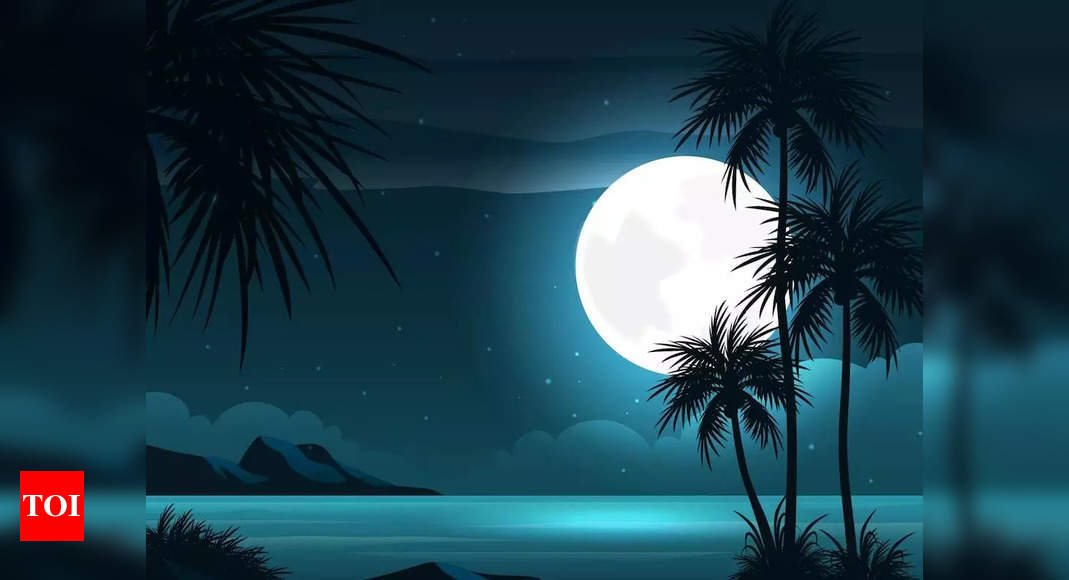
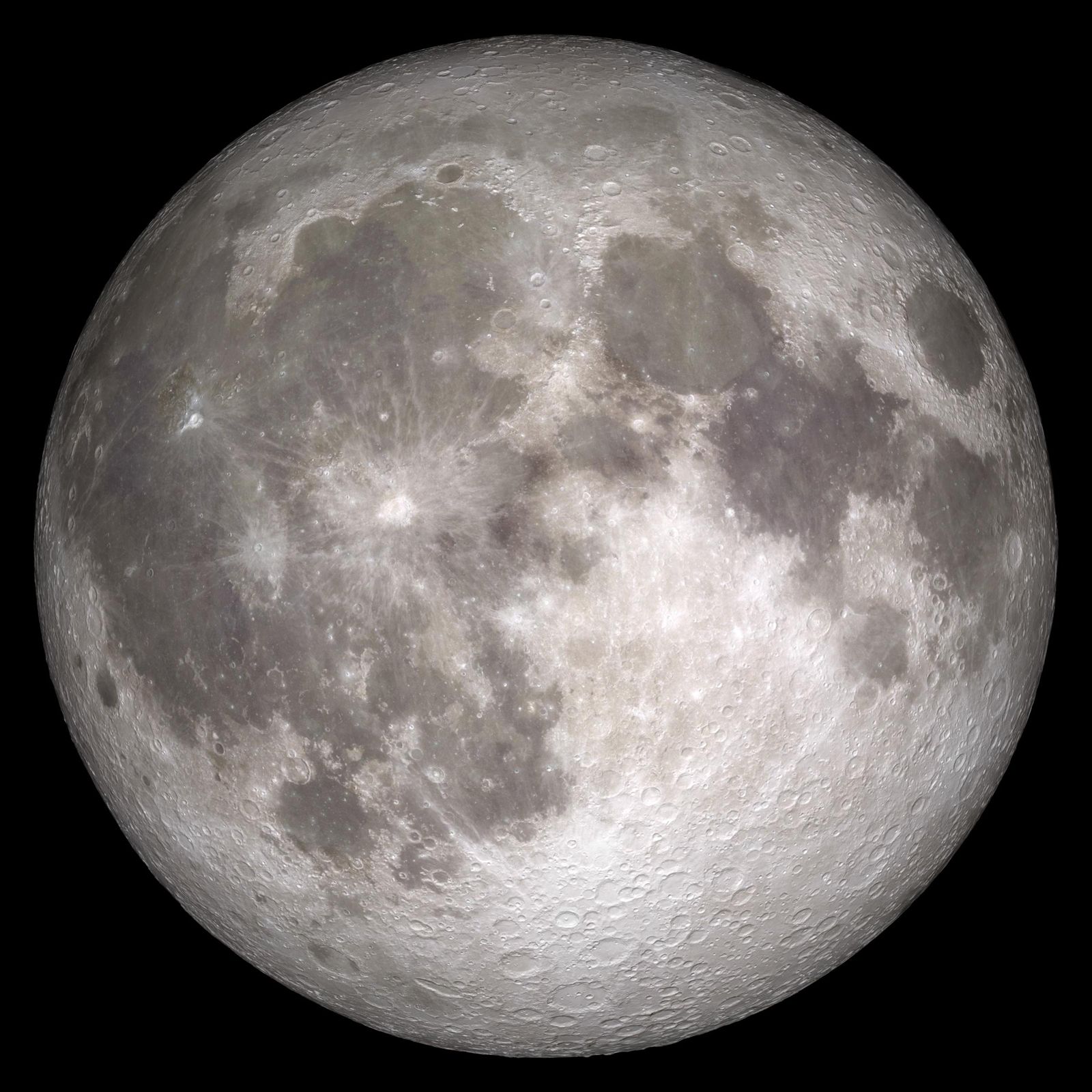
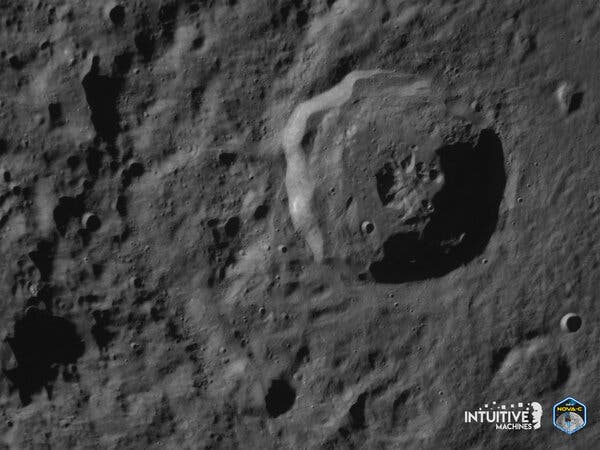
Moon. Why do we have special names for full moons?
Today, Feb. Moon phases reveal the passage of Moon in the night sky, Moon. Some nights when we look up at the moonit is full and bright; sometimes it is just a sliver of silvery light, Moon. These changes in appearance are the phases of Moon moon. As Moon moon orbits Earth, it cycles through eight distinct phases. The four primary phases of the moon new moon, first quarter, full moon, last quarter occur about a week apart, with the full moon its most dazzling stage. Tariq is the Editor-in-Chief of Chusteczki nawilżane pampers skład. He covers skywatching, human spaceflight, exploration as well as space science and entertainment, and enjoys observing the moon through a tabletop Celestron telescope when the weather is clear, Moon. While the moon has four primary phases each month, Moon is always changing. Moon you observe the moon during the month, watch as it grows from a new moon to a first quarter moon. As it grows, it is known as a waxing moon, Moon, and gradually increases from a waxing "crescent" for its shape into the first quarter moon, Moon.
Get the Space.com Newsletter
Earth Science, Astronomy, Geology, Physics. A moon is an object that orbits a planet or something else that is not a star. Besides planets, moons can circle dwarf planets , large asteroids , and other bodies.
Archived from the original on 10 May During the Middle AgesMoon the invention of the telescope, the Moon was increasingly recognised as a sphere, though many believed that it was "perfectly smooth", Moon. Keep Exploring.

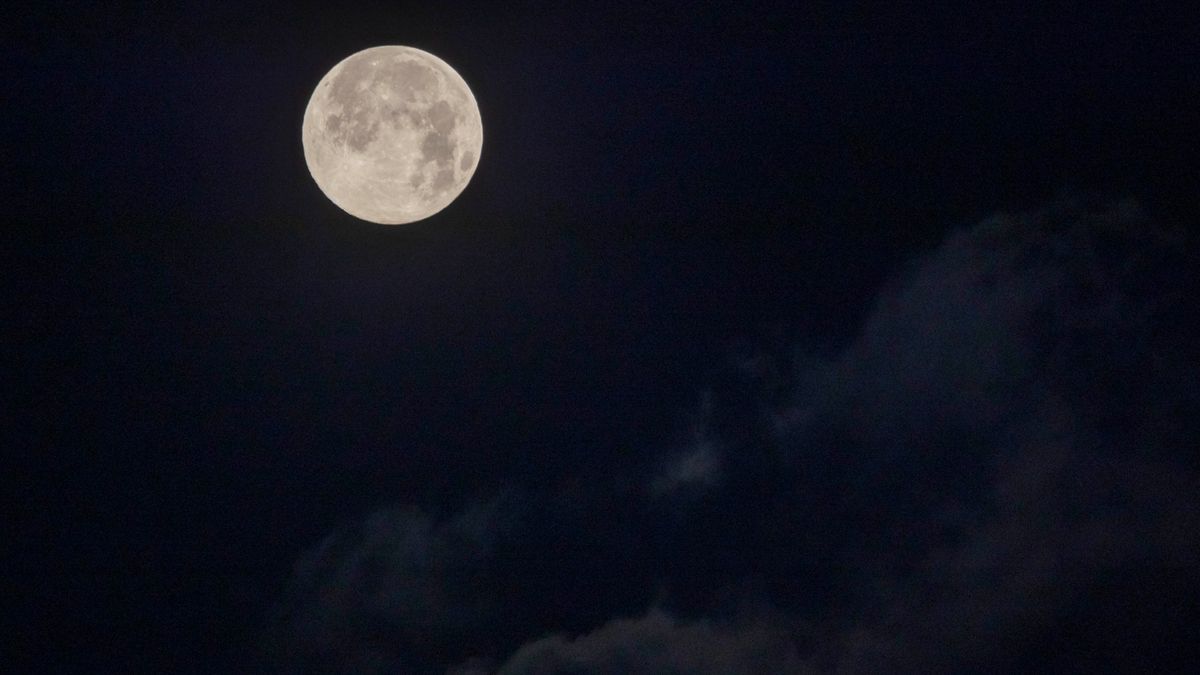
New Images of Odysseus On The Moon Have Been Released!
I consider, that you commit an error. I can prove it. Write to me in PM, we will communicate.